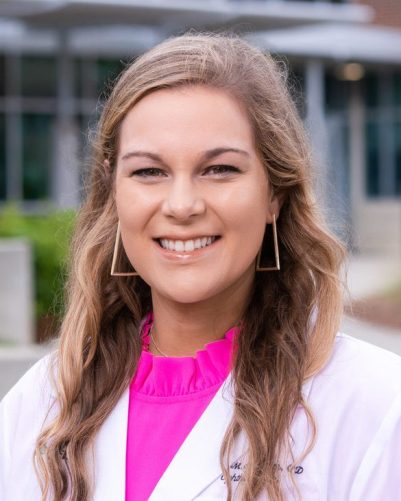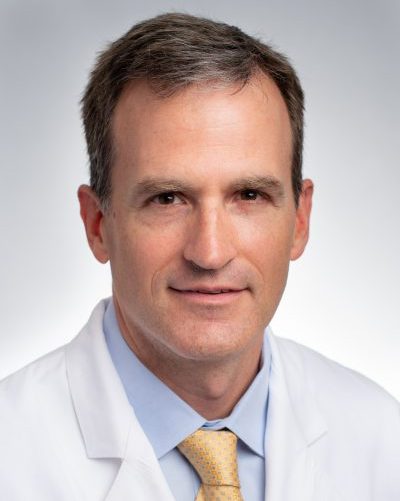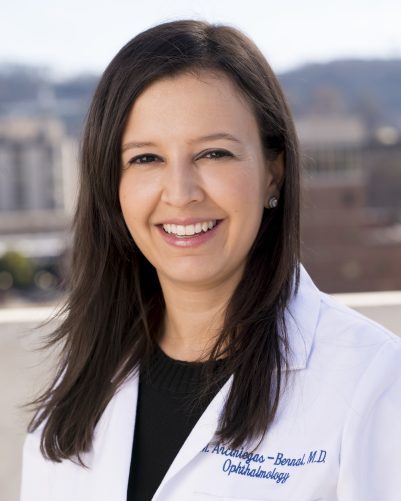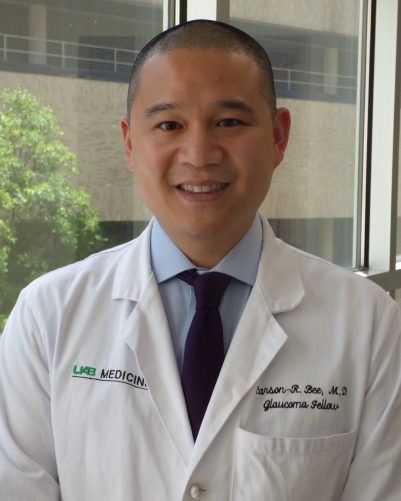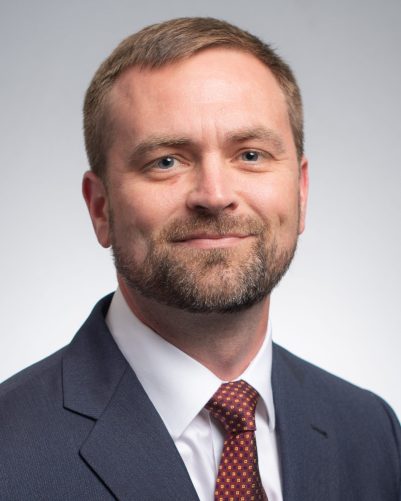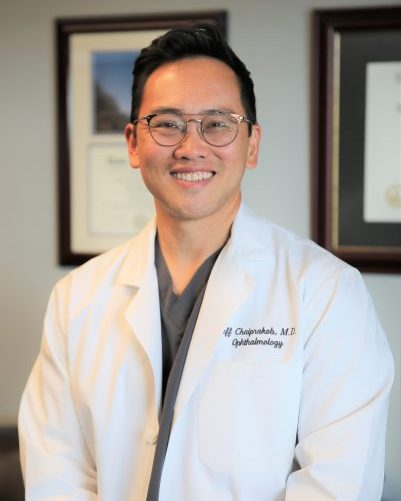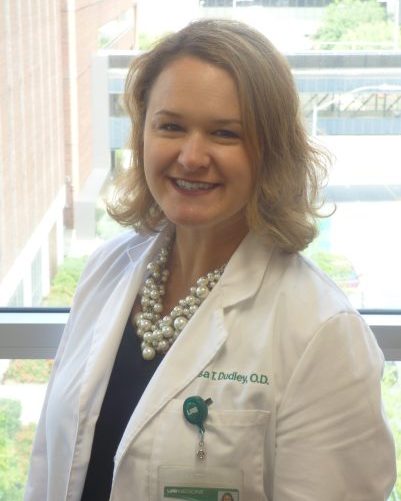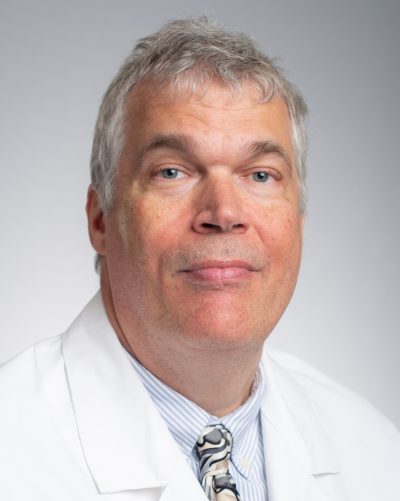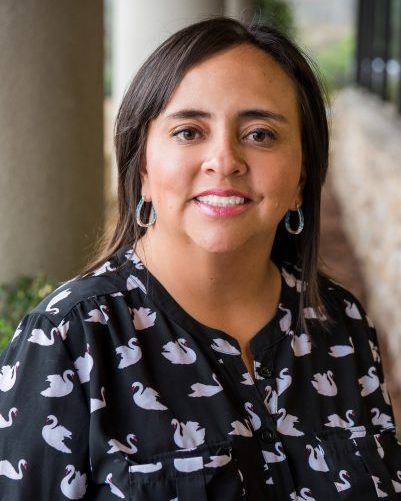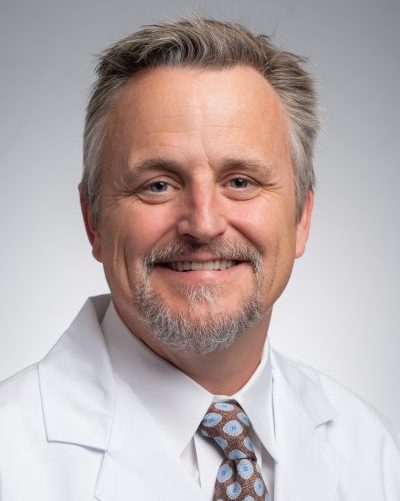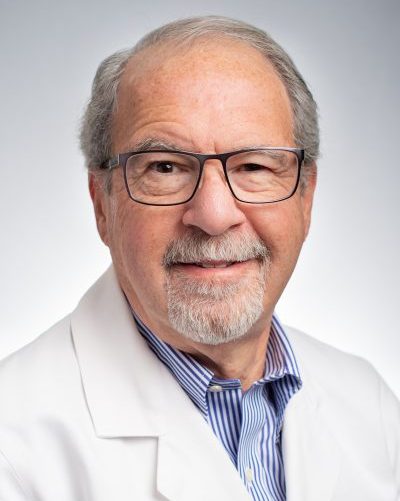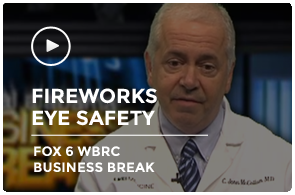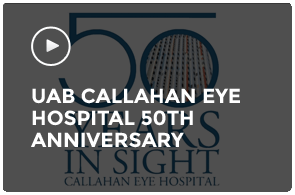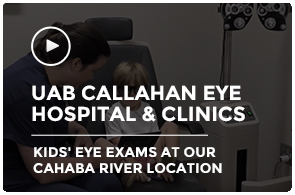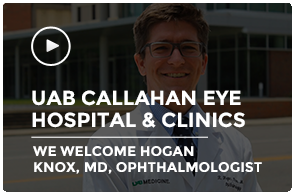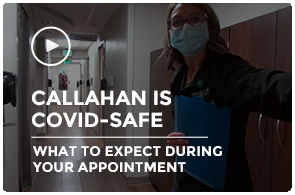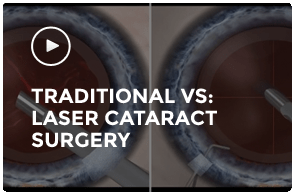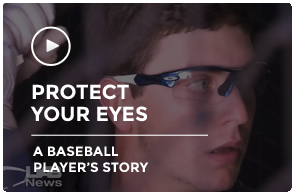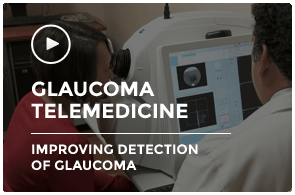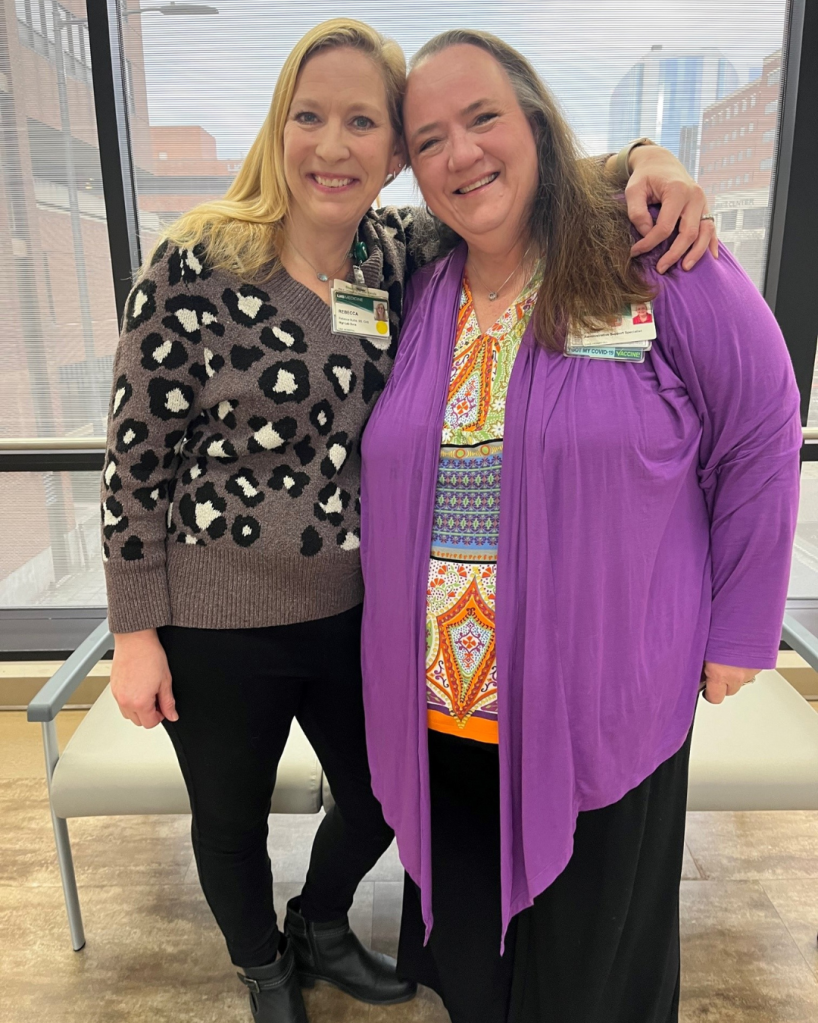Melanoma treatment with radioactive plaques is a radiation therapy for cancer of the eye. Melanoma is the most common type of eye tumor in adults. Chroidal melanoma is the most common of the intraocular tumors. The chroid is the layer of blood vessels and connective tissue between the white of the eye (sclera) and the retina that provides nutrition to the inner eye areas. Radioactive plaque is one option doctors have to treat such tumors. Plaque brachytherapy is the most frequently used eye-sparing treatment for choroidal melanoma. The radioactivity usually comes from use of cesium or Iodine-125. Brachytherapy is an accepted treatment for this melanoma of the eye. Brachytherapy is a form of radiation therapy that attacks malignant tumors by placing a radioactive source near the tumor. The surgery is performed under general anesthesia in children and local anesthesia in adults. The patient stays in the hospital under strict radiation safety precautions for the duration of the radiation exposure, after which the plaque is removed. The surgery for plaque removal is a short, simple procedure and often the patient can go home later the same day. The effects are periodically assessed every 6 weeks to 3 months until there is complete regression.
UAB Callahan Eye has more than 25 physicians, many of them named among the top doctors in their fields nationally. They are renowned for their advances in eye care, breaking through old ways of treating blinding eye diseases and revolutionizing many areas of ophthalmology.
UAB Callahan Eye Hospital is one of the busiest eye hospitals in the country, housing 16 operating rooms dedicated to eye surgery, as well as a 24/7 eye emergency room, which is the region’s only Level 1 Ocular Trauma Center. More than 15,000 surgeries are performed at UAB Callahan Eye Hospital each year, and we conduct more reconstructive eye surgeries than any other facility in the world. Patients come from around the nation to be treated for eye conditions at UAB.
The UAB Center for Low Vision Rehabilitation works with patients to maximize vision and provides services such as orientation and mobility, occupational therapy, and support groups for patients dealing with vision loss or impairment.
Through ongoing research and clinical trials, UAB continues to make great strides in the field of ophthalmology. In addition to our physicians, we have a team of vision scientists who are fully dedicated to researching causes, preventions, and cures for eye diseases such as diabetic retinopathy, glaucoma, and macular degeneration. Many UAB ophthalmologists have received funding from prestigious research organizations and institutions and collaborate in clinical care to deliver the latest in scientific discovery to our patients.
Care Providers
Videos
Related Specialties
Clinical Trials
Speak to your physician about your options and browse the link below for more information
Latest News
View All News-
Curcio and Owsley receive joint prestigious Proctor Medal
May 19, 2025
-
Allergies attacking? Avoid the pollen panic this spring with these tips
March 27, 2025
-
UAB ophthalmology professor awarded prestigious award for vision research in diabetic retinopathy and macular degeneration
March 12, 2025
-
Two UAB inventors named National Academy of Inventors fellows
December 11, 2024
-
Blazer Bridge Fund continues encouraging innovative discoveries; announces 2024 winners
September 20, 2024

